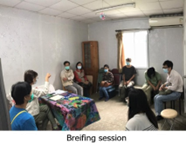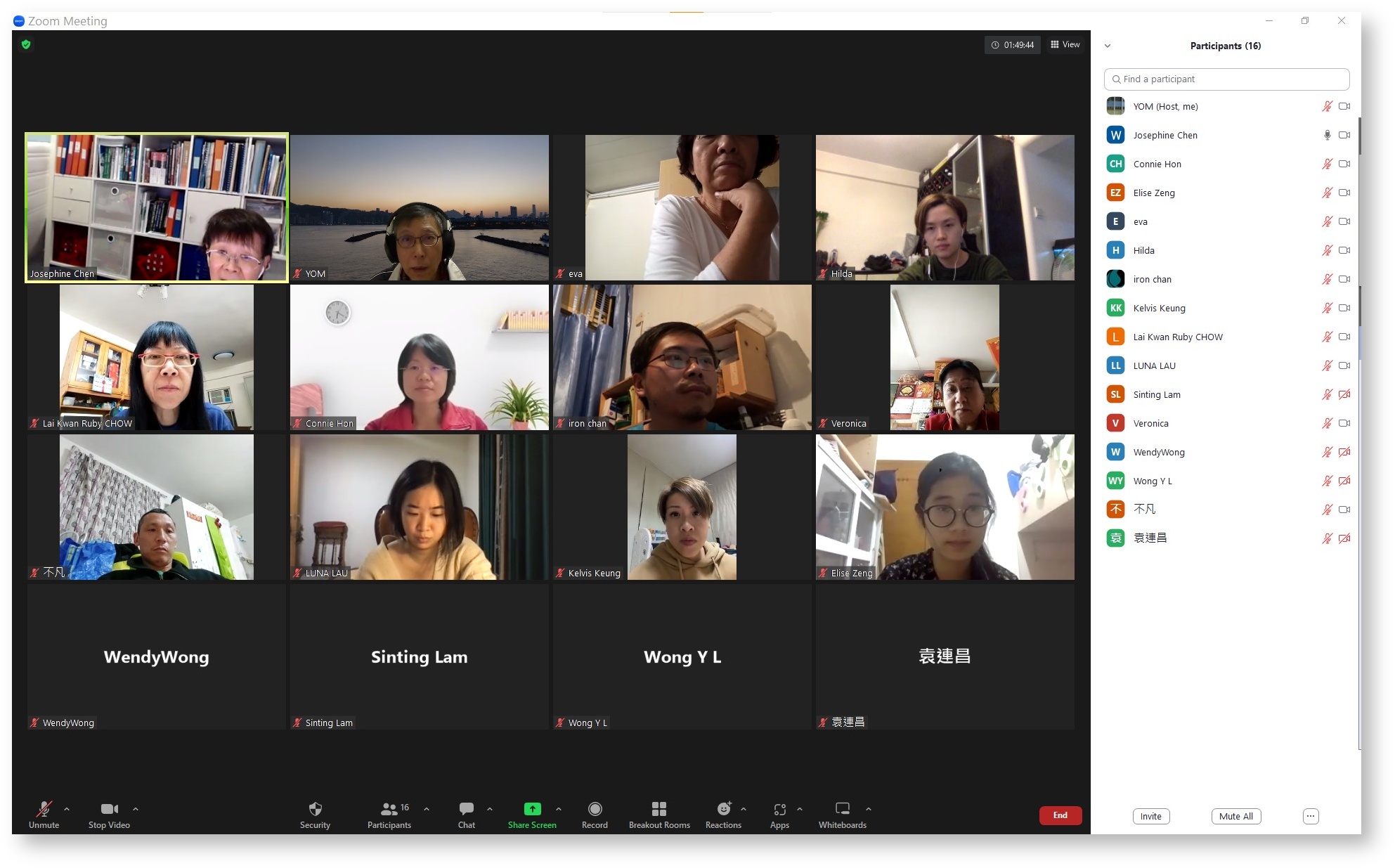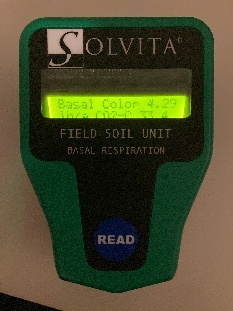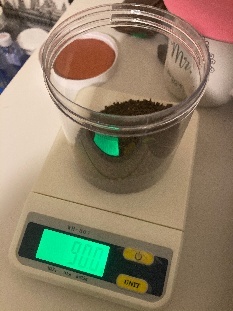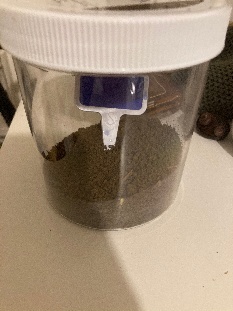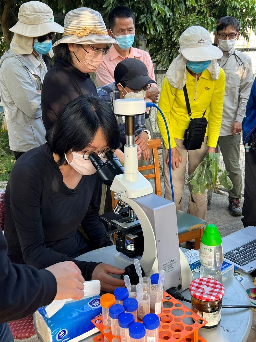Page History
| Include Page | ||||
|---|---|---|---|---|
|
| Excerpt | ||||||||||
|---|---|---|---|---|---|---|---|---|---|---|
Collaboration with ZFPA – helping farms to make the switchZPFA reached out to HomelandGreen for assistance to launch a Restore project that promotes, amongst others, adoption of regenerative practices in local farms. The Restore project is funded by ZPFA’s restaurant partners.
Our role in this collaboration
The basic premise of regenerative farming is science and evidence-based, it starts with restoring the vitality of the soil. This document ( | name | Fundamental Principles of RF practices.pdf|||||||||
| page | Presentation 0166 | |||||||||
| space | 4FBS | |||||||||
| height | 250 |
| CO2 meter | |
| Field CO2 meter | |
Electrical conductivity probe | |
| MicroBiometer | |
| Moisture meter | |
| Penetrometer | |
Soil cube observation | |
| Soil infiltration test | |
| Plant roots observation | |
| Brix meter | |
| Nitrate meter | |
| Chlorophyll meter |
Challenges unique in Hong Kong farms
- Farm sizes are small and scattered ranging from 1,200 m2 to 25,000 m2. Much smaller than those in North America and Europe.
- Planting plots or paddocks are short, 3 m to 30 m in length.
- Intercropping is practiced by default as they are mostly market gardening farms for vegetables. More than 10 types of crops are grown at any time.
- Paddocks switched between various leafy veggies to fruiting plants such as eggplants, tomatoes, peppers, gourds/melons and corns.
- The F:B ratio requirements for these crops are different. The new crop has an easier time if the F:B ratio is similar to the previous crop. It is observed that corns on paddocks that previously grow leafy veggies take longer to establish. The farmers need to adjust the soil microbiome mix before planting to ensure the corns grow to their full potential early on. Unfortunately, most farmers are not aware of this and commonly falsely resort to applying more fertilizers.
- Brassicas including Chinese kale and Choy sum are veggies of choice here in Hong Kong. It is a challenge to grow brassicas in the humid and hot summer season resulting in reliance on fertilizers and pesticides.
- Cultural practices such as intercropping and crop rotation without considering F:B ratios requirement of crops yields hit-and-miss results. Crops may show sign of poor health with increased abiotic stress.
Soil pH is also driven by F:B ratio. No wonder some crops adapted to high F:B ratio prefer low soil pH (acidic) and low F:B ratio prefer neutral to higher soil pH (slightly alkaline; more lignin)
Other fronts
| Composting workshops | |
Preparing fish hydrolysate | |
| Providing consultation for student research project | |
Field works |
| Attachments |
|---|


